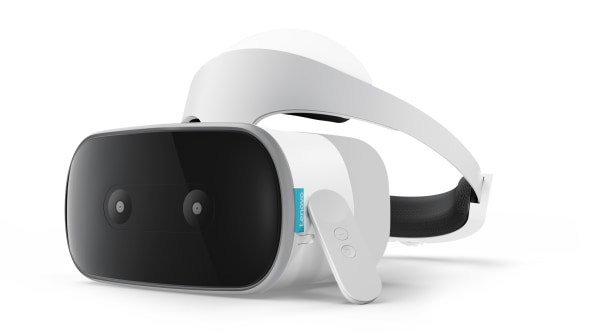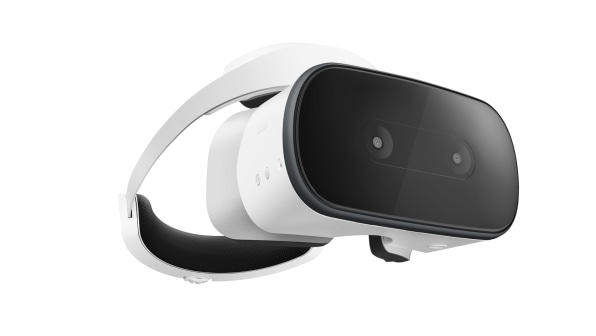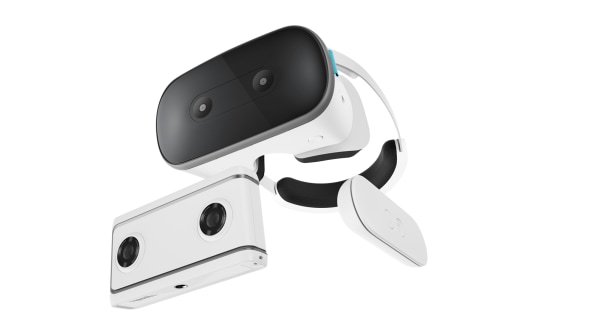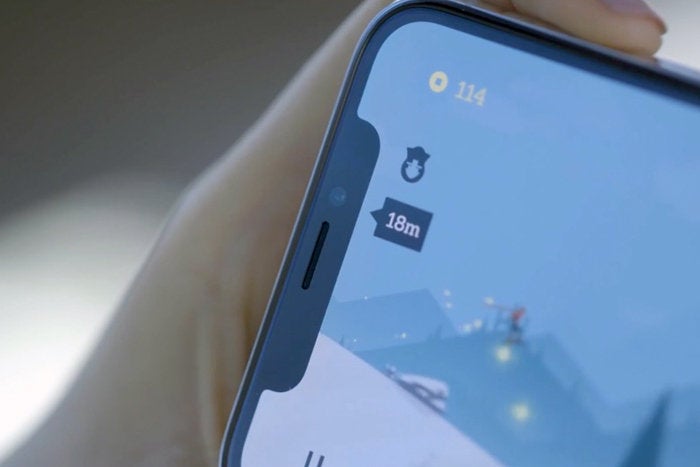Around this time each year, agency staff and client marketers from around the world head for the Nevada desert to spend a few days under the bright Las Vegas lights, exploring the Consumer Electronics Show (CES).
In the past, this pilgrimage to the world’s gambling Mecca would have been rooted in curiosity for a glimpse into the future of mainstream technology.
Delegates wanted to understand what was coming over the horizon in terms of robotics, wearables, Artificial Intelligence (AI), Virtual Reality, and Machine Learning, and how it could all perhaps, one day, impact the business of media and advertising.
As we enter the eighteenth year of the 21st century however, the incredible rate of technological progression over the past two decades has propelled us to that ‘one day’ today.
Yes, the gadgets on display in the CES exhibition halls, located just off the Las Vegas Strip, still reveal rather more about the potential, rather than the actuality, for technology to fully merge with our environments and our physical bodies - anticipating our every need and making key decisions for us.
However this year, perhaps more than any other year, they also importantly inform us how we as agencies and marketers need to evolve quickly, in order to keep pace.
CES exhibits show us that beyond paid media, a cognitive layer is expanding rapidly across the digital landscape, creating an urgent need for new specialists with specialisms in areas such as retail algorithms and how to influence the everyday purchasing decisions made by Virtual Personal Assistants. This only serves to reinforce the view that retail and media are moving ever closer together.
This has profound effects for anyone in or associated with media.
Marketing technologists will play a pivotal role in the new agency model but they’ll need support from a greater number of analysts and data scientists, working with talented cognitive assistants to interrogate ever-increasing data streams for an always-on global audience.
These teams will help clients generate new knowledge by pulling in a vast array of information about the brand, products, ingredients and the supply chain into one database.
That information can then be used to power chatbots, messaging concierge services, or even the video ads of tomorrow - which can be interrupted with voice to ask questions or request to book, even before returning to finish viewing the ad.
A new breed of cognitive consultants, responsible for knowledge management and keeping ahead of ever-changing trends - such as the extension of e-commerce into video, hearables, and mixed reality - will require the ability to adapt at speed and work across individual sector specialists.
The role of the agency strategist will also diversify to become more consultative so that they can keep clients informed of the opportunities that exist in this constantly evolving space.
This new strategist will further need to advise on areas such as asset management, investment planning and the new possibilities for brand expression.
The role of the creative will also evolve, alongside the potential for programmatic brand expression.
Technologies currently trying to establish a foothold hold exciting creative promise for immersive worlds, multi-dimensional layers, and cognitive brand characters with identities that can be personalised for different audience segments.
It’s important that marketers understand the evolution of these agency roles, along with the technological advancements driving this change.
The diversification of the CMO’s role is being driven by the seismic growth in the amount of available data relating to the customer and their purchasing journey, so it’s vital that they work collaboratively with both their CIOs and these new agency specialists.
If clients neglect marketing technology, data strategy, knowledge management and the required investment in new skillsets, the gap between brand and agency will widen.
If that happens, we’ll enter the second decade of the 21st century speaking a different language to our clients, unable to realise the true potential of this new media world order as a result.
So, if you were unable to catch a flight to Las Vegas this week, make knowledge acquisition in technology and media your New Year's resolution.
For our part, we’ll be publishing a series of articles looking at the impact of those technologies driving the closing gap between technology and us – a subject explored in PHD’s latest thought leadership publication Merge, featuring thoughts from industry leaders and the futurist Ray Kurzweil.
With the gadgets at CES 2018 showing enhanced levels of intelligence, we’ll all soon be working in a new wired world where AI flows around us like electricity. It’s up to us, as both agencies and marketers to redesign our systems and processes now so that we can face the future together and embrace what it has to offer.
It’s never been a more exciting time to be in media, despite what the cynics say.







